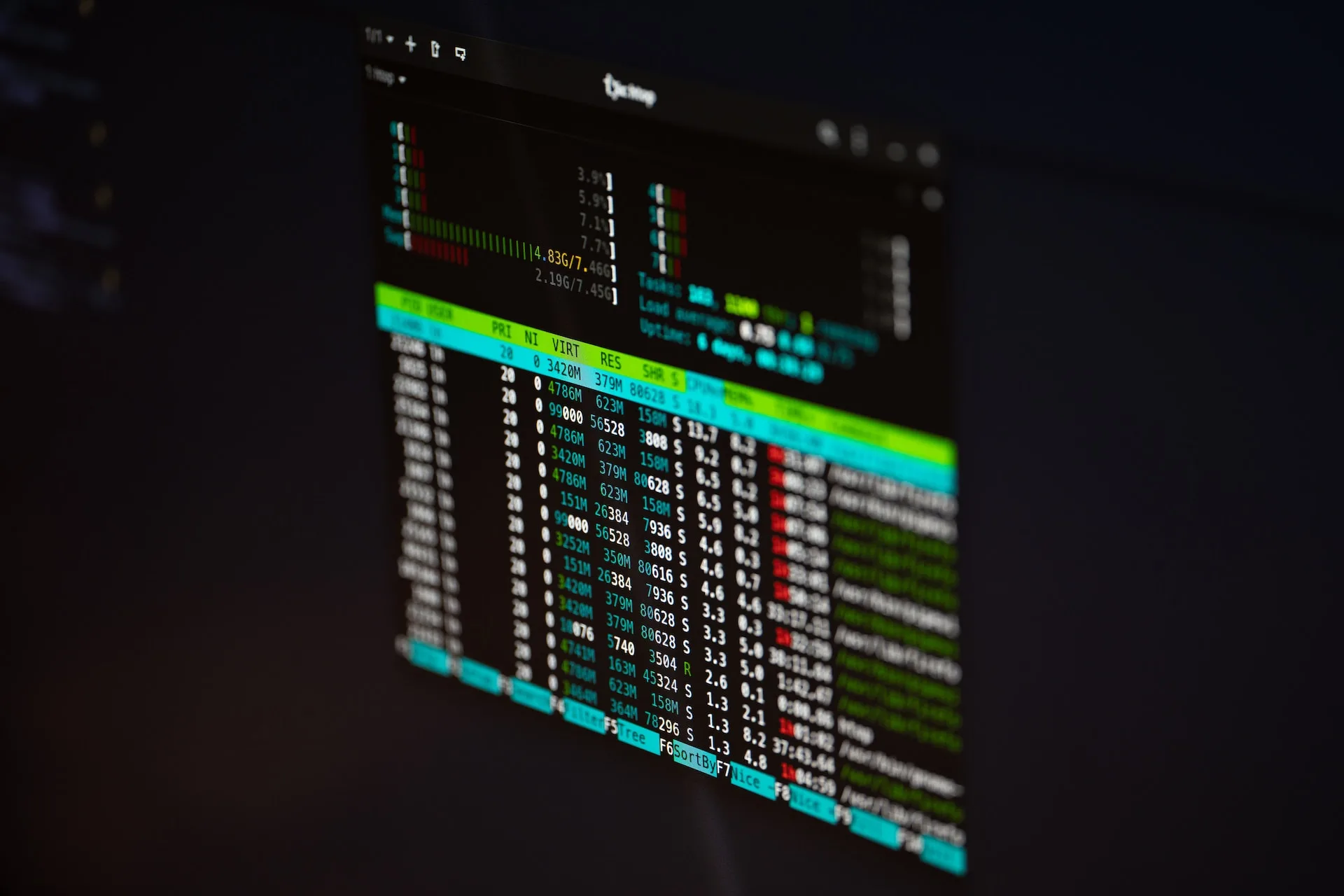Windows 11 and Ubuntu Dual Boot. The allure of exploring different operating systems often leads tech enthusiasts down the path of setting up a dual boot system. A dual boot system allows users to run two different operating systems on the same machine, unlocking a world of possibilities. Among the myriad of OS combinations, the duo of Windows 11 and Ubuntu stands out for a variety of reasons. Windows 11, with its sleek design and Ubuntu, with its open-source nature, provide a comprehensive and diverse computing experience when set up on a dual boot system. This guide provides a step-by-step walkthrough on setting up a Windows 11 and Ubuntu dual boot, allowing you to enjoy the best of both worlds.
Windows 11 and Ubuntu Dual Boot
Preparing Your System
Before diving into the installation process, it’s essential to prepare your system to ensure a smooth setup.
- Backup Important Data:
Before attempting a dual boot setup, ensure that all important data is backed up to prevent any data loss. - Create a Windows 11 Bootable USB:
Create a bootable USB drive with the Windows 11 installation files. - Create an Ubuntu Bootable USB:
Similarly, create a bootable USB drive with the Ubuntu installation files.
Installing Windows 11
Begin by installing Windows 11 if it’s not already installed on your system.
- Boot from the Windows 11 USB Drive:
Restart your computer and select the USB drive from the boot menu. - Install Windows 11:
Follow the on-screen instructions to install Windows 11. When prompted, allocate the desired amount of space for the Windows partition.
Installing Ubuntu
Now, onto the installation of Ubuntu.
- Boot from the Ubuntu USB Drive:
Restart your computer and select the Ubuntu USB drive from the boot menu. - Install Ubuntu:
Follow the on-screen instructions. When prompted, choose the “Install Ubuntu alongside Windows 11” option to automatically create a partition for Ubuntu.
Setting Up the Boot Loader
A crucial part of a dual boot setup is the boot loader, which allows you to select which OS to boot into.
- Install GRUB:
Ubuntu’s installation process should automatically install the GRUB boot loader, which will detect Windows 11 and add it to the boot menu. - Configuring GRUB:
If necessary, you can configure GRUB to change the default OS or the time it waits before booting the default OS.
Verifying the Setup
Post-installation, ensure the dual boot setup works as expected.
- Test the Dual Boot Setup:
Reboot your computer and ensure you can select and boot into both Windows 11 and Ubuntu from the GRUB menu. - Check System Resources:
Once booted into each OS, check to ensure all hardware is recognized and functioning correctly.
Conclusion
Setting up a Windows 11 and Ubuntu dual boot system unveils a broad spectrum of applications and features from both the Windows and Linux worlds. This setup is ideal for those looking to explore the robustness and versatility that comes with such a diverse operating environment.
We invite you to delve into this setup, explore the functionalities of both operating systems, and share your experiences or any challenges you faced in the comments below. Your insights are invaluable to the Simple.IT community and could be a guiding light for others looking to venture into a dual boot setup. So go ahead, set up that dual boot system, and let us know your take on the symbiotic relationship between Windows 11 and Ubuntu in a dual boot environment. Your shared experiences could be the beacon of knowledge for many in the tech community, assisting them in making well-informed decisions in their dual boot adventures.



